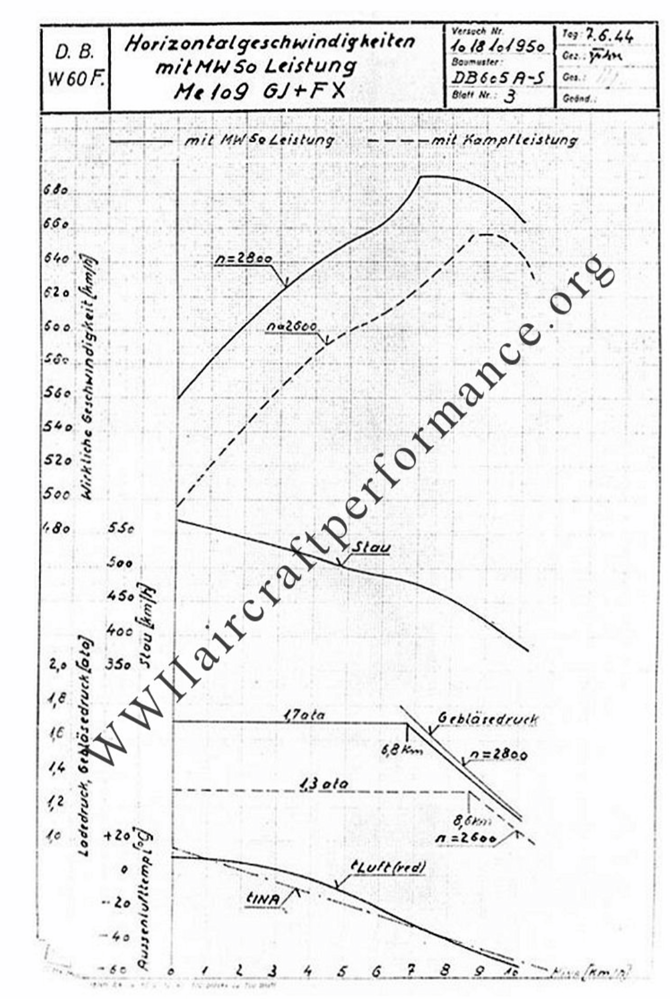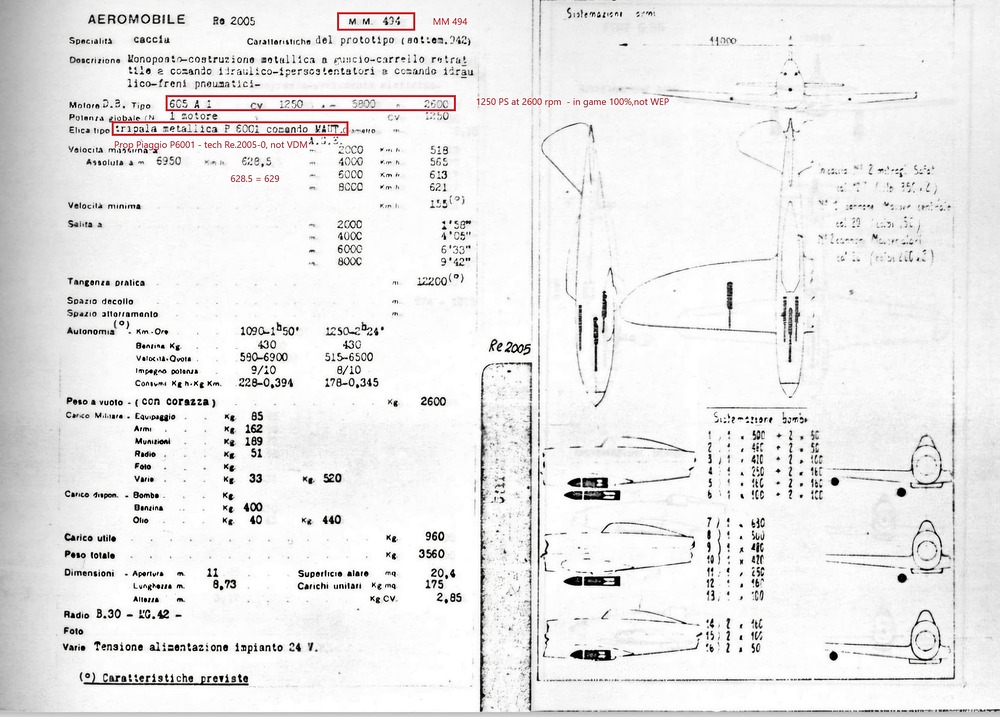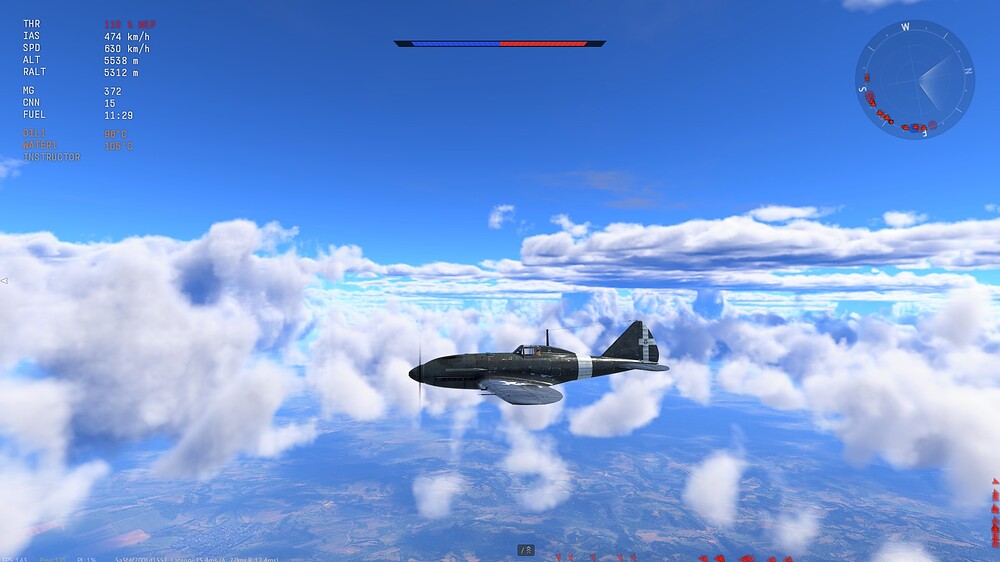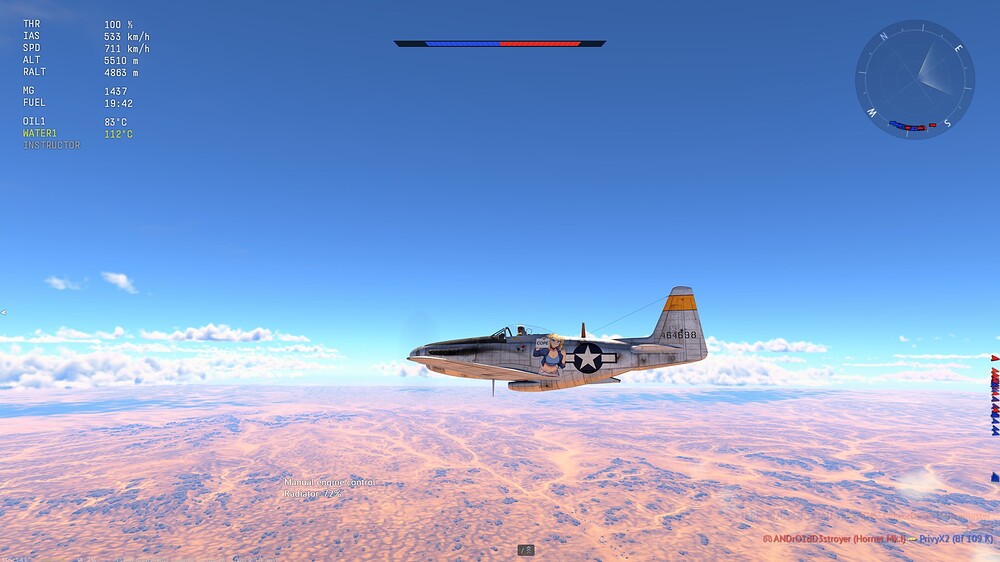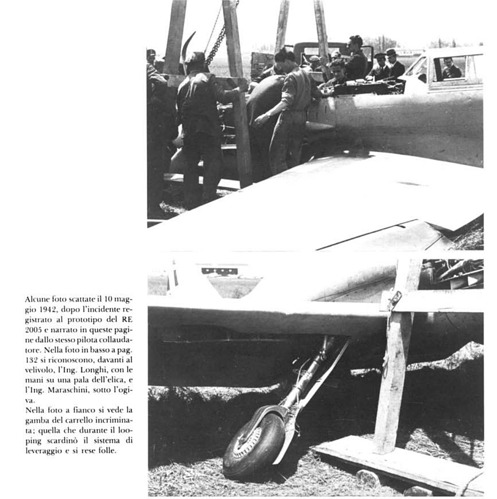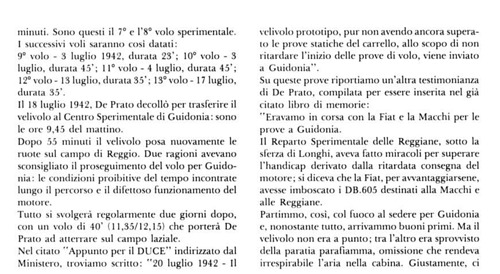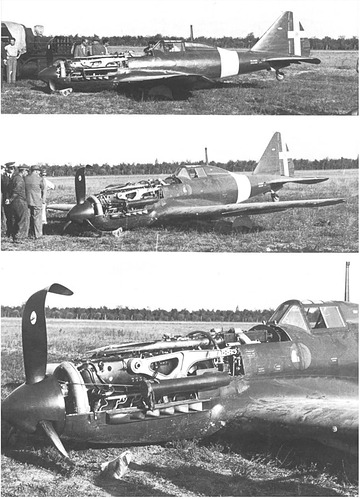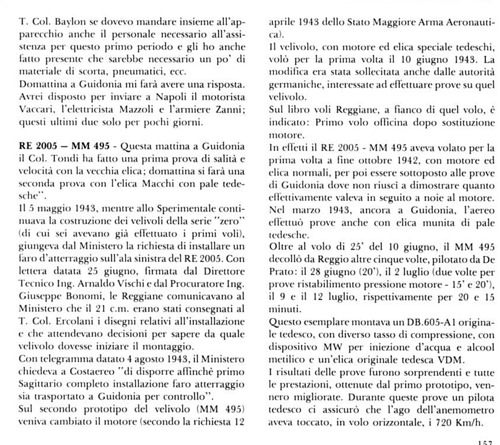I think there’s not much use speculating anything without having the proper sources. And from what I’ve read, Regianne’s archives are closed for the time being.
I did find a very in-depth book on it, interesting things to note
m.494 was cursed with several issues causing it to crash several times.
It also had a faulty engine, and according to test pilot De Prato, rumor was that FIAT sabotaged the DB 605 engines meant for Macchi and Reggiane by delaying deliveries (possibly also sabotaging the engines themselves)

First crash was in 10 May '42, on the first flight, due to a landing gear leg not deploying properly requiring a belly land which consequently a prop strike, and possibly damaged the engine further.
It also didn’t help that m.494 Piaggio propellers were also faulty and didn’t maintain constant RPM, causing instability and possibly engine damage.

July 18 '42, De Prato (test pilot) tries to ferry m.494 to Guidonia but has to abort due to engine malfunction.
July 20 '42, they ferry m.494 to Guidonia, without completing landing gear tests to avoid missing the trials, and without a seal around the engine firewall, which caused exhaust to leak into the cockpit.
On the first take-off at Guidonia, before even clearing the airfield, the engine vibration caused the DB 605 water coolant loop tubing to crack and leak boiling water on De Prato’s leg, and overheating the engine, the only one they had, causing him to crash land m.494 yet again
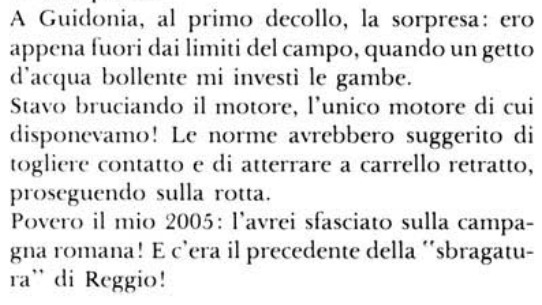
July 20, during dive tests, the landing gear fairings detached when approaching 900 kph, damaging the aircraft, resulting in m.494 being sent back to Reggiane for repair and reinforcement

Semptember 23, there was yet another crash caused by engine ceasing to function during landing approach, resulting in yet another crash landing and prop strike, during the Guidonia trials, piloted by colonel Angelo Tondi

from October onwards, m.495 is sent to Guidonia and partakes in tests with the old prop, the VDM prop, and a new engine, requested to be tested by Germany. Sadly, no performance data is included.
It does specify:
- The engine is a DB 605-A1 with MW-50 water-methanol injection
- Different compression ratio
- German VDM prop
Important to note that the exact sentence regarding the 720 kph claim in level flight is “a German pilot assured that the anemometer’s needle touched, in horizontal flight, the 720 km/h mark”
Anemometer is the airspeed indicator. It does not say if it is indicated or true. It also doesn’t state the altitude. But the common sense here is that it is TAS. But alas, it’s not performance data.
m.495 also swapped the 12.7mm wing-mounted machine guns got swapped for MG151 20mm cannons
m.495 was later taken by Germany to Reichlin Experimental Center.
in Guidonia Experimental Center, in the serie-5 trials, (does not specify if it’s m.494, 945, or any mods of both) from the evaluation commission:
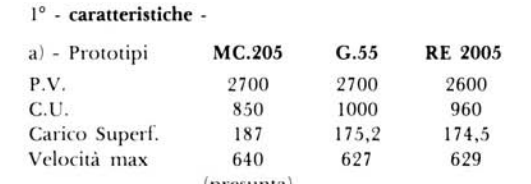
Serie 0 in game features a DB 605 A with 1310 HP at max power, and 1477 HP WEP/Takeoff, so using the Serie 0 to compare m.494 (mod 1. and mod.2) and m.495 is pointless, because Serie 0’s engine is nowhere as anemic as m.494 or 495 regardless of the VDM or not.

